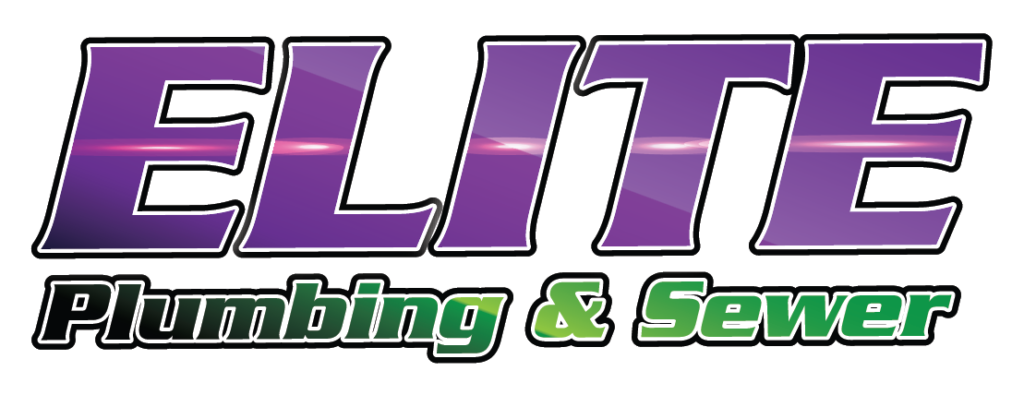Sump pumps are the unsung heroes of many Snohomish County homes, tirelessly working to keep your basement dry and your foundation safe. Rainy weather in areas like King County and Skagit County can often lead to water buildup, making a reliable sump pump essential. A well-maintained sump pump prevents potential basement flooding and water drainage issues by expelling accumulated water from your sump basin.
From routine tests to thorough cleaning, keeping your sump pump in good condition involves several important steps. Washington state is known for its heavy rainfalls, keeping your sump pump in working order and your house dry.
Key Takeaways
- Regular maintenance extends the life of your sump pump.
- Watch for signs that your sump pump needs attention.
- Call a professional when in doubt to guarantee proper functioning.
Understanding the Importance of Sump Pump Maintenance
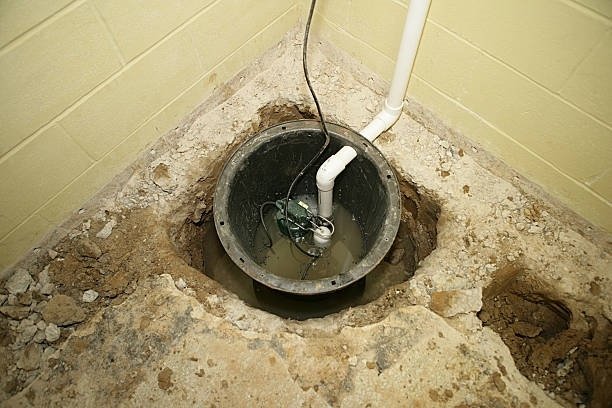
Why a well-maintained sump pump is important for Snohomish County homes
In Snohomish County, sump pumps protect your home from water damage. The region’s wet climate makes your basement prone to flooding, and a reliable sump pump can prevent costly repairs. Your local trusted Elite Plumbing & Sewer team recommends maintaining this wonderful work of technology to keep your basement safe and sound as all foundations should be.
Common issues caused by neglecting sump pump maintenance
Ignoring sump pump maintenance can lead to several problems:
- Flooded basements: Without a working sump pump, water can easily seep in.
- Mold growth: Standing water promotes mold, which can affect your health.
- Structural damage: Excess moisture can weaken your home’s foundation.
How the wet climate in Snohomish County increases the need for regular sump pump checks
The frequent rains and high water tables in Snohomish County mean your sump pump works harder. Regular checks help make sure it can handle the extra load. Unchecked, small issues can become big problems, especially when heavy rains hit.
Signs Your Sump Pump Needs Attention
Unusual Noises or Vibrations:
If your sump pump starts making grinding, rattling, or squealing sounds, there could be a problem with the motor or impeller. Catching these noises early can prevent further damage.
Irregular Cycling or Running Too Long:
A sump pump that cycles on and off frequently or runs for an extended period may indicate a problem with the float switch or other components. If left unchecked, this will wear down your sump pump, resulting in that costly replacement for one.
Visible Rust, Dirt, or Debris in the Sump Pit:
Check your sump pit regularly. If you see rust, dirt, or debris accumulating, it’s a sign that your pump might be struggling. Cleaning out the pit can help maintain optimal performance.
Musty Odors Around the Pump Area:
A musty smell could indicate mold or mildew growth, often caused by standing water or a malfunctioning pump. Proper cleaning is needed at this point as it is not doing what it was made to do.
Step-by-Step Guide to Sump Pump Maintenance
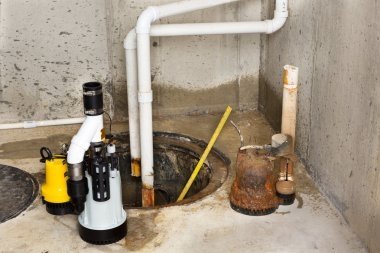
Inspect the Power Source
Make sure your sump pump is plugged into a grounded outlet. Do regular checks to see if the backup battery is functioning properly. If the power isn’t on it most likely won’t work. It’s an easy thing to miss.
Clean the Sump Pit
Unplug the sump pump before starting any maintenance. Remove any debris like leaves or small stones to avoid clogs. Use a wet/dry vacuum if needed. Keep an eye out for dirt buildup that might block the discharge line.
Test the Float Switch
Pour a few gallons of water into the sump pit to manually test the float switch. Make sure it rises with the water level and triggers the pump. If the float isn’t functioning correctly, adjust it.
Check the Discharge Line
Make sure the discharge line is clear and extends away from the foundation. Inspect for any clogs, freezing, or disconnections. This step is very important, especially during winter months.
Test the Pump
Simulate a water event by filling the sump pit with water. Monitor if the pump activates and efficiently drains the water. Pay attention to any strange noises or delays, indicating that the pump may need repairs or replacement.
When to Call a Professional for Sump Pump Maintenance
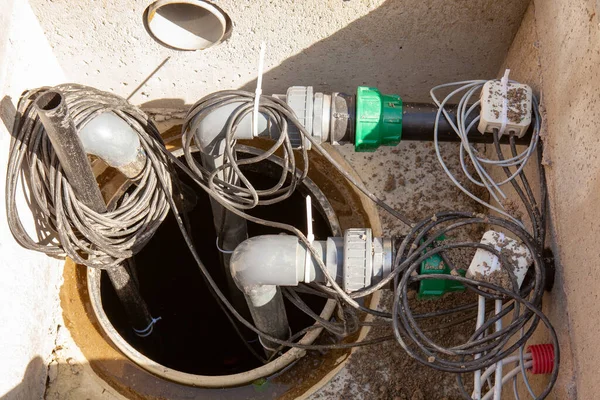
Identifying When to Call a Professional
Knowing when to call a professional for sump pump maintenance can save you from unexpected problems. If you notice unusual noises, constant running, or the pump not turning off, it’s time to seek help from a professional like Elite Plumber & Sewer.
Contact Us at Elite Plumber & Sewer at (425)446-9136 today for a professional evaluation of your Sump Pump and let us get it back to running smooth standards.
If your sump pump stops working entirely, this is a clear sign that you need expert assistance.
Common Issues Requiring Professional Help
- Strange Noises: Grinding or rattling sounds indicate a problem that needs attention.
- Continuous Operation: If your pump runs continuously, it could be a float switch or electrical issue.
- Power Loss: If your pump isn’t receiving power, it might be an electrical problem that requires a professional.
- Pump Not Engaging: The pump should activate when the pit fills with water. If it doesn’t, something is wrong.
Recommended Frequency for Professional Inspections
Elite Plumber & Sewer recommends having your sump pump inspected by a professional at least once a year. This guarantees that your system remains in optimal condition, especially considering the torrential downpours that occur in the Washington state.
Emergency Situations
During heavy rain or flooding, if your sump pump fails, you should contact Elite Plumber & Sewer immediately. Prompt intervention can prevent significant water damage to your property.
Tips for Extending the Life of Your Sump Pump
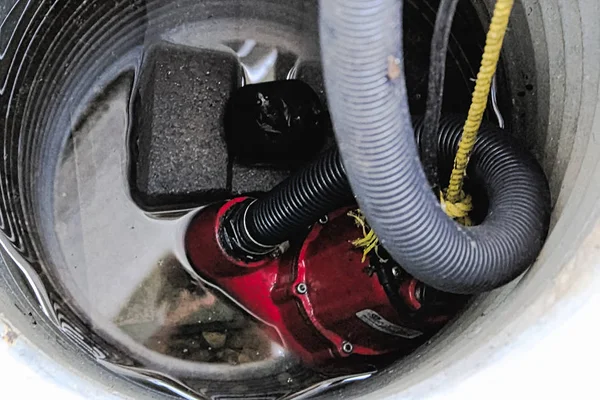
1. Regular Cleaning:
Clean your sump pump every two to three years. Remove it for a thorough cleaning and clear the sump basin of debris like leaves, mud, or small stones. This can prevent clogging and guarantees smooth functioning.
2. Check the Impeller:
Make sure to remove debris from the impeller housing. An obstructed impeller can reduce efficiency and lead to premature failure.
3. Rotate Pumps:
If you have dual basins, alternate pump activity. This allows your backup pump to stay in good working condition.
4. Test Your Pump:
Periodically test your sump pump by pouring a few gallons of water into the sump pit. Check if the float switch elevates and the pump starts removing water. Make sure the pump turns off once all water is eliminated.
5. Install a Battery Backup System:
Power outages are common, and a battery backup system can keep your sump pump running when you need it most. This additional layer of security can prevent basement flooding.
6. Use a Sump Pump Alarm:
A sump pump alarm can detect failures early. This alert system can help you take quick action before any significant damage occurs.
7. Schedule Maintenance Checks:
Have a professional like Elite Plumber & Sewer perform regular maintenance checks. They can help identify potential issues before they turn into costly repairs. An expert inspection can extend the lifespan of your sump pump.
So long as you have your senses about you, you should be able to tell when your sump pump is in need of maintenance.
